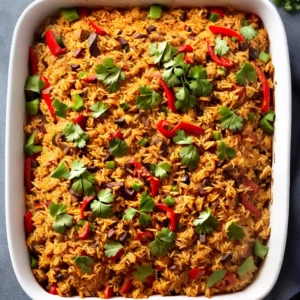How Many Teaspoons Are in a Tablespoon
Welcome to the ultimate measurement conversion guide for all the savvy cooks out there! Whether you’re a master chef or a kitchen enthusiast, knowing how many teaspoons are in a tablespoon is a fundamental aspect of cooking. Understanding measurement conversions is essential for precise and accurate cooking, allowing you to follow recipes, scale ingredients, and adjust quantities with ease. In this comprehensive guide, we will explore the conversion between teaspoons and tablespoons, delve into the metric and imperial systems, and provide you with practical tips for enhancing your cooking skills. Join me as we unravel the mysteries of measurement conversions and unlock new culinary possibilities!
How Many Teaspoons Are in a Tablespoon – Key Takeaways:
- A tablespoon is equal to three teaspoons, making it a commonly used conversion in cooking and baking.
- In the metric system, 1 tablespoon is equivalent to 15 milliliters (ml), or approximately 5 ml per teaspoon.
- To convert tablespoons to teaspoons, multiply the number of tablespoons by three. To convert teaspoons to tablespoons, divide the number of teaspoons by three.
- Understanding measurement conversions is crucial for scaling recipes and adjusting ingredient amounts accurately.
- Other common kitchen measurements, such as cups and quarts, should also be familiar for comprehensive cooking knowledge.
Now that you have a taste of what’s to come, let’s dive deeper into the world of measurement conversions and unlock the secrets to culinary success!
Understanding the Teaspoon to Tablespoon Conversion
Let’s dive into the details of the teaspoon to tablespoon conversion and understand the relationship between these two essential kitchen measurements. A tablespoon is equal to three teaspoons, making this conversion a fundamental concept in cooking and baking. Whether you’re following a recipe or adjusting ingredient amounts, knowing how to convert between teaspoons and tablespoons is essential for achieving accurate and delicious results.
In the United States, the tablespoon to teaspoon conversion remains consistent with the ratio of 1:3. This means that if a recipe calls for 2 tablespoons of an ingredient, you can easily convert it to teaspoons by multiplying the number by three. For example, 2 tablespoons multiplied by 3 equals 6 teaspoons. Similarly, if a recipe specifies teaspoons, you can convert it to tablespoons by dividing the number of teaspoons by three.
In the metric system, the conversion between teaspoons and tablespoons is slightly different. One tablespoon is equal to 15 milliliters (ml), which is approximately 5 milliliters per teaspoon. This conversion allows for precision when following international recipes that use the metric system. To convert tablespoons to teaspoons in the metric system, simply multiply the number of tablespoons by 5. To convert teaspoons to tablespoons, divide the number of teaspoons by 5.
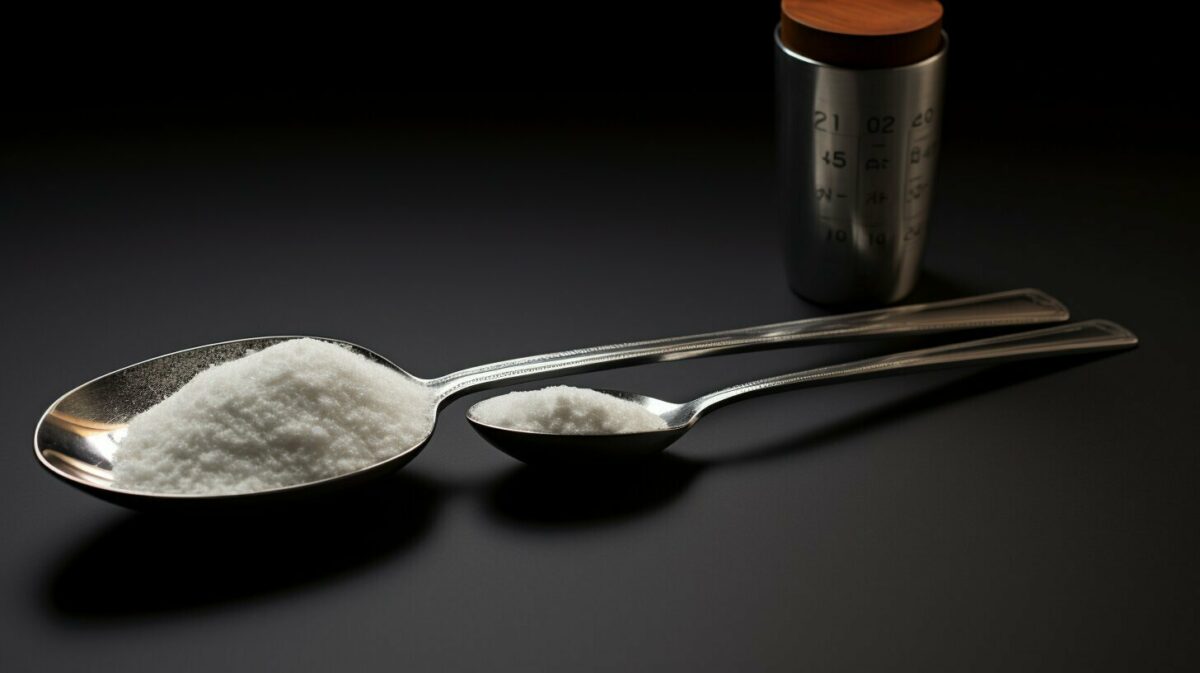
Understanding the conversion between teaspoons and tablespoons opens up a world of possibilities in the kitchen. From scaling recipes to adjusting ingredient amounts, this knowledge allows you to confidently experiment and create culinary masterpieces. Keep in mind that measurement conversions can vary across regions and countries, so it’s always helpful to refer to conversion charts and online resources for precise measurements.
Now that we’ve explored the teaspoon to tablespoon conversion, let’s move on to other common kitchen measurements that will further enhance your culinary skills.
The Teaspoon to Tablespoon Conversion in the US Customary System
In the US customary system, teaspoons and tablespoons are part of a larger framework of measurements that includes fluid ounces, cups, pints, quarts, and gallons. Let’s explore how these measurements relate to each other and how to convert between teaspoons and tablespoons in this system.
To understand the conversion between teaspoons and tablespoons in the US customary system, we need to start with the basic ratio: 1 tablespoon is equal to 3 teaspoons. This means that if a recipe calls for 2 tablespoons of an ingredient, you can substitute it with 6 teaspoons. Similarly, if a recipe specifies 4 teaspoons, you can use 1 and 1/3 tablespoons instead.
Here’s a quick reference table for converting teaspoons to tablespoons in the US customary system:
| Teaspoons | Tablespoons |
|---|---|
| 1 | 1/3 |
| 2 | 2/3 |
| 3 | 1 |
| 4 | 1 and 1/3 |
| 5 | 1 and 2/3 |
| 6 | 2 |
Remember, precision is key when measuring ingredients for cooking and baking. Using the correct measurement conversions ensures accurate results in your culinary creations. By understanding how teaspoons and tablespoons relate to each other in the US customary system, you can confidently navigate recipes and adjust ingredient amounts according to your needs.
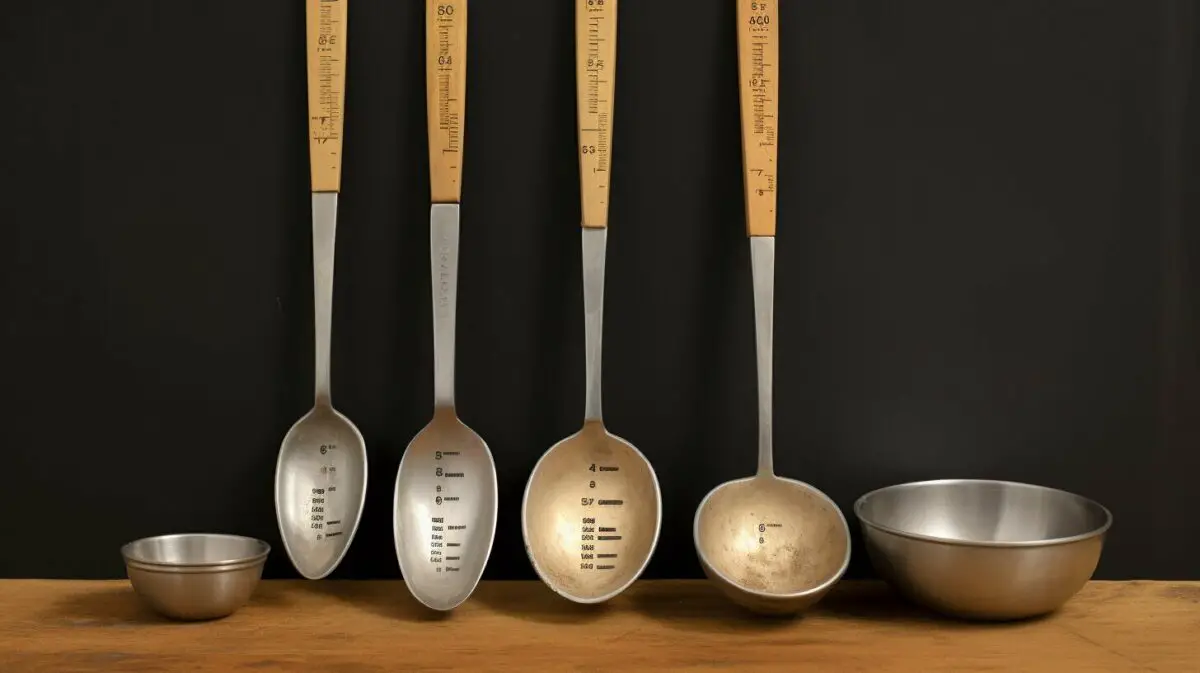
Looking to enhance your cooking skills? Check out our other sections on scaling recipes, adjusting ingredient amounts, and other common kitchen measurements. Stay tuned for more measurement conversion tips to elevate your culinary success!
In addition to teaspoons and tablespoons, there are several other common kitchen measurements you should be familiar with. Here’s a quick overview:
- Cups: A cup is a versatile measurement used for both dry and liquid ingredients. It is equivalent to 16 tablespoons, 8 fluid ounces, or 240 milliliters.
- Fluid Ounces: Fluid ounces are used to measure liquids and are equivalent to 2 tablespoons, 1/8 cup, or 29.57 milliliters.
- Pints: A pint is equal to 2 cups, 16 fluid ounces, or 473 milliliters.
- Quarts: A quart is equivalent to 4 cups, 32 fluid ounces, or 946 milliliters.
- Gallons: A gallon is equal to 16 cups, 128 fluid ounces, or 3.785 liters.
Knowing these common kitchen measurements will help you navigate recipes with confidence and precision.
The Teaspoon to Tablespoon Conversion in the Metric System
If you’re working with international recipes or prefer the metric system, understanding the conversion between teaspoons and tablespoons in milliliters is essential. Let’s explore how these measurements relate to each other and how to make accurate conversions.
In the metric system, 1 tablespoon is equal to 15 milliliters (ml). This means that there are approximately 5 milliliters in a teaspoon. To convert tablespoons to teaspoons, simply multiply the number of tablespoons by 5. Similarly, to convert teaspoons to tablespoons, divide the number of teaspoons by 5. These conversions are useful when scaling recipes or adjusting ingredient amounts.
To visualize the conversion between milliliters, teaspoons, and tablespoons, refer to the table below:
| Tablespoons | Teaspoons | Milliliters (ml) |
|---|---|---|
| 1 | 3 | 15 |
| 2 | 6 | 30 |
| 3 | 9 | 45 |
| 4 | 12 | 60 |
| 5 | 15 | 75 |
By understanding the conversion between teaspoons and tablespoons in milliliters, you can confidently follow recipes from around the world or utilize the metric system in your cooking. Mastering these conversions will ensure precision and accuracy in your culinary endeavors.
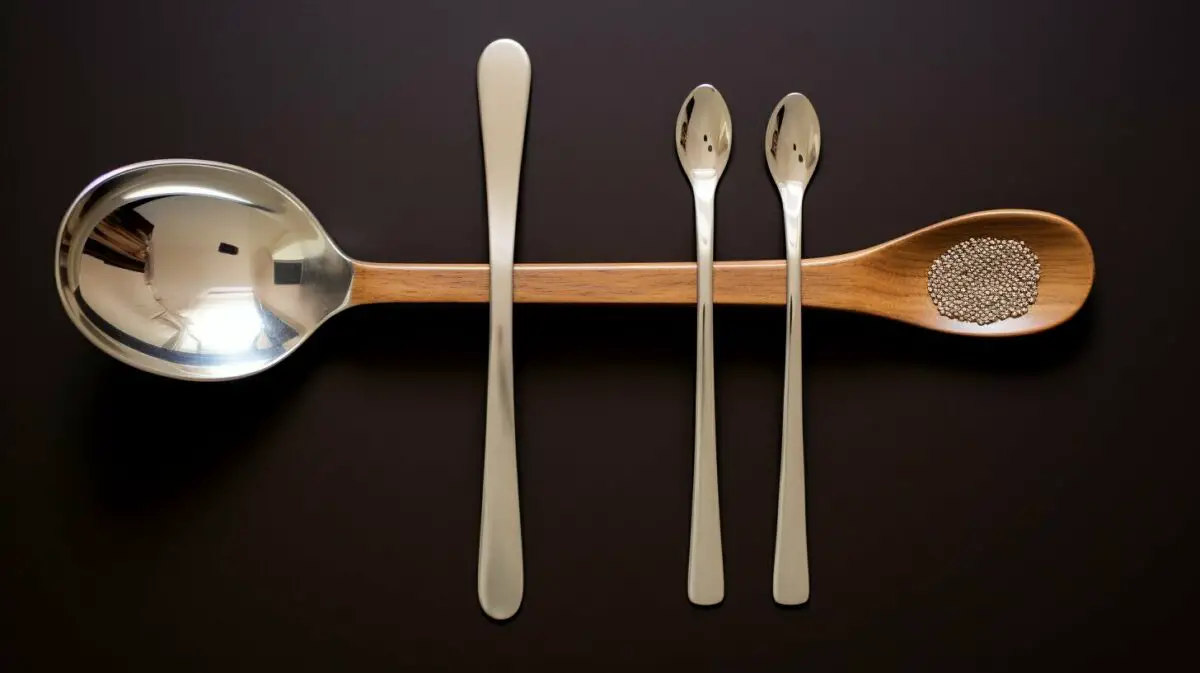
Whether you want to scale down a recipe or simply prefer measuring in teaspoons, converting tablespoons to teaspoons is a useful skill to have. Let’s explore the straightforward process of making this conversion.
In the US customary system, where a tablespoon is equal to three teaspoons, converting tablespoons to teaspoons is as simple as multiplying the number of tablespoons by three. For example, if a recipe calls for 2 tablespoons of an ingredient, you can easily convert it to teaspoons by multiplying 2 by 3, resulting in 6 teaspoons. This conversion allows you to adapt recipes to your preferred measurements, ensuring accurate ingredient quantities.
In the metric system, where 1 tablespoon is equal to 15 milliliters (ml), the conversion to teaspoons is approximately 5 ml per teaspoon. To convert tablespoons to teaspoons in the metric system, you can multiply the number of tablespoons by 5. For example, if a recipe instructs you to use 3 tablespoons, you can convert it to teaspoons by multiplying 3 by 5, resulting in 15 teaspoons.
Converting tablespoons to teaspoons can be a useful technique for various situations in the kitchen. Whether you’re adjusting ingredient amounts, scaling down a recipe, or simply prefer using teaspoons for precise measurements, knowing this conversion allows you to confidently create delicious dishes.
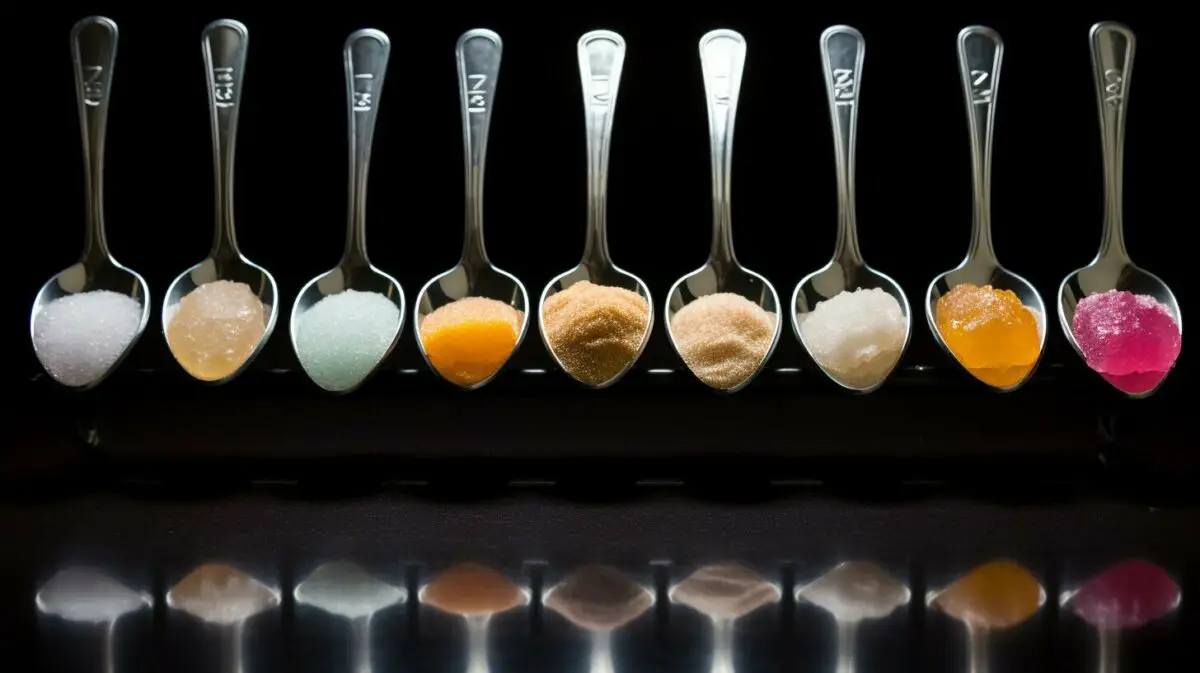
| Tablespoons | Teaspoons |
|---|---|
| 1 | 3 |
| 2 | 6 |
| 3 | 9 |
| 4 | 12 |
Converting Teaspoons to Tablespoons
If you’re used to working with tablespoons but encounter a recipe that uses teaspoons, fear not! I’ll show you how to convert teaspoons to tablespoons accurately and easily. A tablespoon is equal to three teaspoons, making this conversion straightforward.
To convert teaspoons to tablespoons, simply divide the number of teaspoons by three. For example, if a recipe calls for 6 teaspoons, you would divide 6 by 3 to get 2 tablespoons. This conversion is useful when scaling up a recipe or adjusting ingredient amounts to your preferred measurement.
Here’s a handy table to help you visualize the conversion:
| Teaspoons | Tablespoons |
|---|---|
| 1 | 1/3 |
| 2 | 2/3 |
| 3 | 1 |
| 4 | 1 1/3 |
By using this simple conversion, you can confidently work with teaspoons or tablespoons in any recipe. Whether you’re baking a delicious treat or preparing a savory dish, having the ability to convert between these measurements will ensure your cooking endeavors are a success.

Keep in mind that accurate measurement is key to achieving consistent results, so always double-check your conversions before adding ingredients. By mastering the conversion between teaspoons and tablespoons, you’ll have another valuable tool in your culinary arsenal!
Scaling Recipes and Adjusting Ingredient Amounts
As a master chef, you know that the ability to scale recipes and adjust ingredient amounts is vital for achieving consistent and delicious results. Let’s explore the techniques and considerations involved in scaling and adjusting recipes with precision and accuracy.
When it comes to scaling recipes, it’s important to maintain the correct ratios and proportions of ingredients. This ensures that the flavors and textures of your dishes remain balanced, even when you’re cooking for larger or smaller crowds. One useful technique is to create a recipe conversion table, which lists the original ingredient measurements and their corresponding scaled amounts for different serving sizes. This allows you to easily calculate the adjustments needed for each ingredient.
Another helpful tip is to use the power of multiplication and division. For example, if you’re scaling a recipe up to serve twice as many people, you can simply double all the ingredient quantities. Conversely, if you’re scaling down a recipe, you can halve or quarter the amounts accordingly. Keep in mind that some ingredients may require more precise adjustments, especially when it comes to seasonings and spices. It’s always a good idea to taste and adjust as you go.
| Original Recipe | Scaled Recipe (Double) | Scaled Recipe (Halve) |
|---|---|---|
| 2 teaspoons salt | 4 teaspoons salt | 1 teaspoon salt |
| 1 tablespoon olive oil | 2 tablespoons olive oil | 1/2 tablespoon olive oil |
| 1 cup diced tomatoes | 2 cups diced tomatoes | 1/2 cup diced tomatoes |
When adjusting ingredient amounts, precision is key. Measuring accurately ensures that your dishes turn out just right, both in taste and texture. Investing in a reliable set of measuring spoons and cups can make a world of difference. Be sure to level off dry ingredients and use liquid measuring cups for liquids. Remember, a tablespoon is equal to three teaspoons, and this conversion can come in handy when you need to adjust measurements on the fly.
In conclusion, scaling recipes and adjusting ingredient amounts require precision and accuracy. By following these techniques and considering the ratios and proportions of your ingredients, you can confidently create consistent and delicious dishes, no matter the serving size. So grab your measuring tools, embrace the art of scaling, and let your culinary creativity shine!
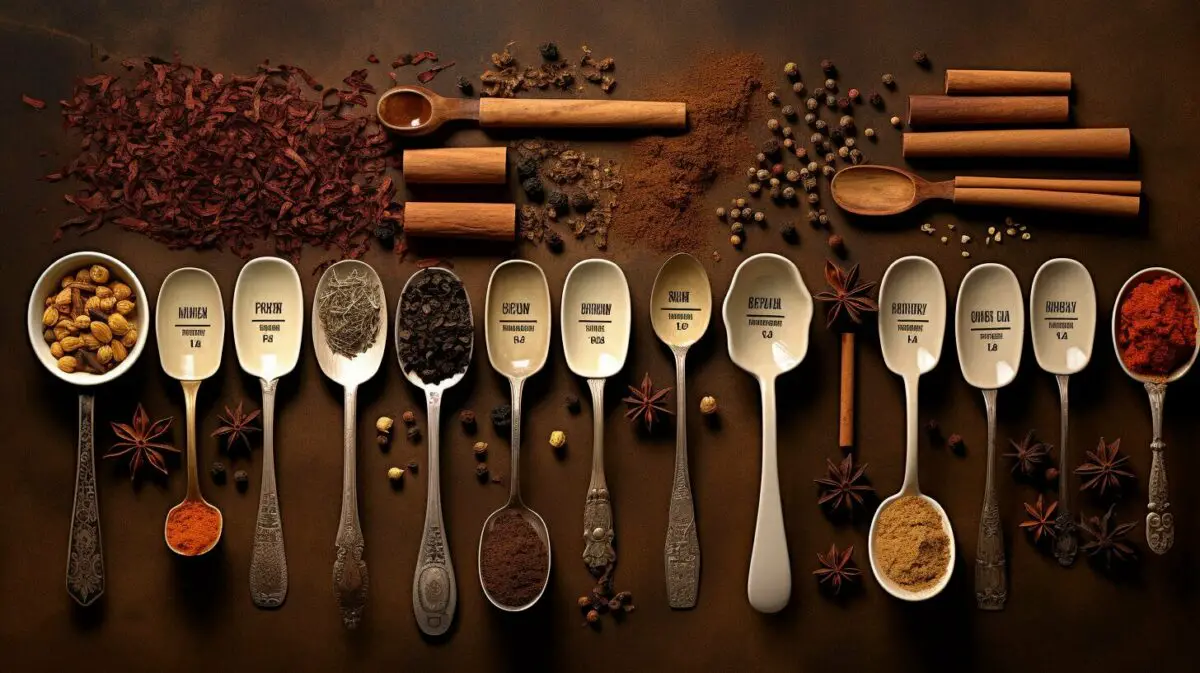
The world of cooking extends beyond teaspoons and tablespoons. To become a true master chef, it’s important to be familiar with other common kitchen measurements. Let’s explore conversions for cups, quarts, fluid ounces, pints, and other important measurements used in many recipes.
Measurement conversions can sometimes feel overwhelming, but understanding the basics will make your cooking endeavors much simpler. Here are some common kitchen measurements and their conversions:
- Cups: A cup is a widely used unit of measurement in cooking. 1 cup is equal to 8 fluid ounces or 16 tablespoons. Convert cups to tablespoons by multiplying the number of cups by 16.
- Quarts: A quart is equal to 4 cups or 32 fluid ounces. To convert quarts to cups, multiply the number of quarts by 4.
- Fluid Ounces: Fluid ounces are often used to measure liquids. 1 fluid ounce is equal to 2 tablespoons. To convert fluid ounces to tablespoons, multiply the number of fluid ounces by 2.
- Pints: A pint is equal to 2 cups or 16 fluid ounces. Convert pints to cups by multiplying the number of pints by 2.
Table: Common Kitchen Measurement Conversions
| Measurement | Conversion |
|---|---|
| Cup | 1 cup = 16 tablespoons |
| Quart | 1 quart = 4 cups |
| Fluid Ounce | 1 fluid ounce = 2 tablespoons |
| Pint | 1 pint = 2 cups |
These conversions will help you navigate recipes with ease and ensure accurate measurements. Remember, precision is key in cooking, and understanding kitchen measurements is a vital skill for any chef or cooking enthusiast.
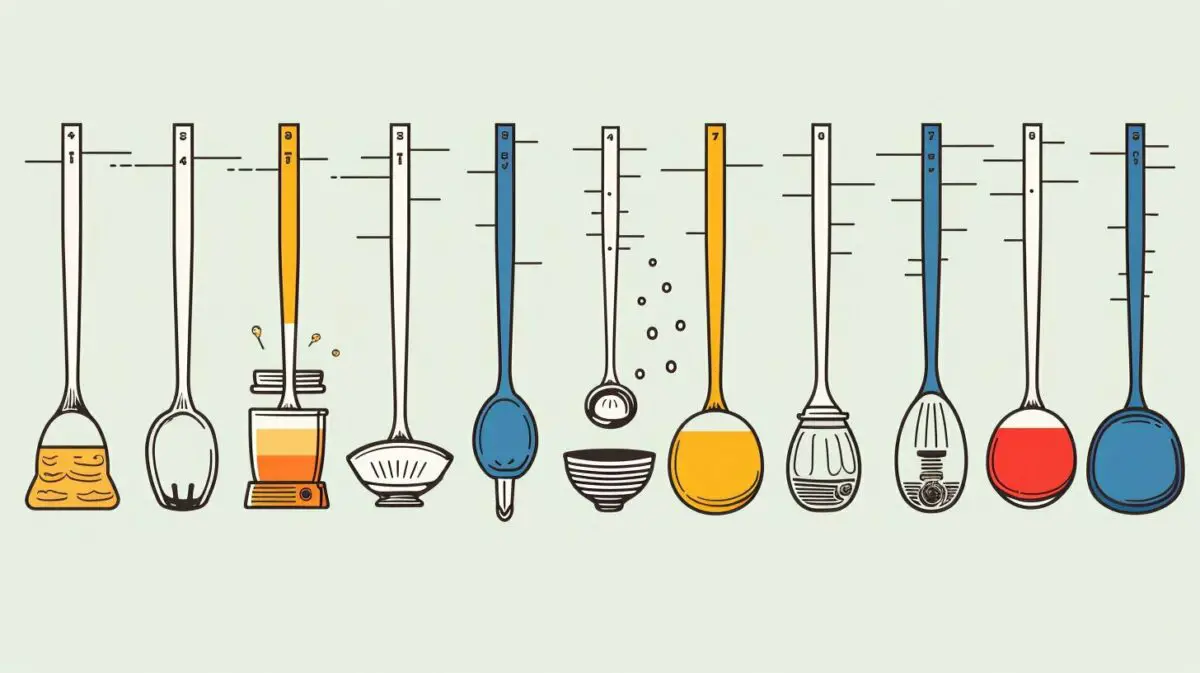
As a master chef, you understand the crucial role that precision plays in cooking. Precise measurements help deliver consistent results and maintain the integrity of a dish’s flavors. Let’s delve into the importance of precision and how to achieve it in your culinary endeavors.
When it comes to cooking, accuracy is key. Whether you’re following a beloved family recipe or experimenting with new flavors, precision ensures that your dishes turn out just right every time. A slight miscalculation in ingredient amounts can throw off the balance of flavors, texture, and overall taste of a dish. With precision, you have the power to create culinary masterpieces that impress and delight.
Estimating or approximating ingredient amounts may seem tempting, but it can lead to unpredictable results. By rounding off measurements or eyeballing ingredient quantities, you risk compromising the quality and consistency of your food. Precision in measurement guarantees that you achieve the desired outcome, allowing the flavors to harmonize and the dish to shine.
Enhancing Precision in Your Cooking
To achieve precision in your cooking, embrace the art of measurement. Use precise measuring tools such as measuring cups, spoons, and kitchen scales. These tools enable you to measure ingredients accurately and maintain the desired balance in your recipes. Take the time to measure each ingredient carefully, paying attention to details like leveling off dry ingredients and measuring liquids at eye level.
When it comes to achieving precision, remember the golden rule: a tablespoon is equal to three teaspoons. This conversion is a fundamental measurement in the culinary world, ensuring consistency across different recipes and cooking techniques. By keeping this conversion in mind, you can confidently scale recipes and adjust ingredient amounts according to your needs.
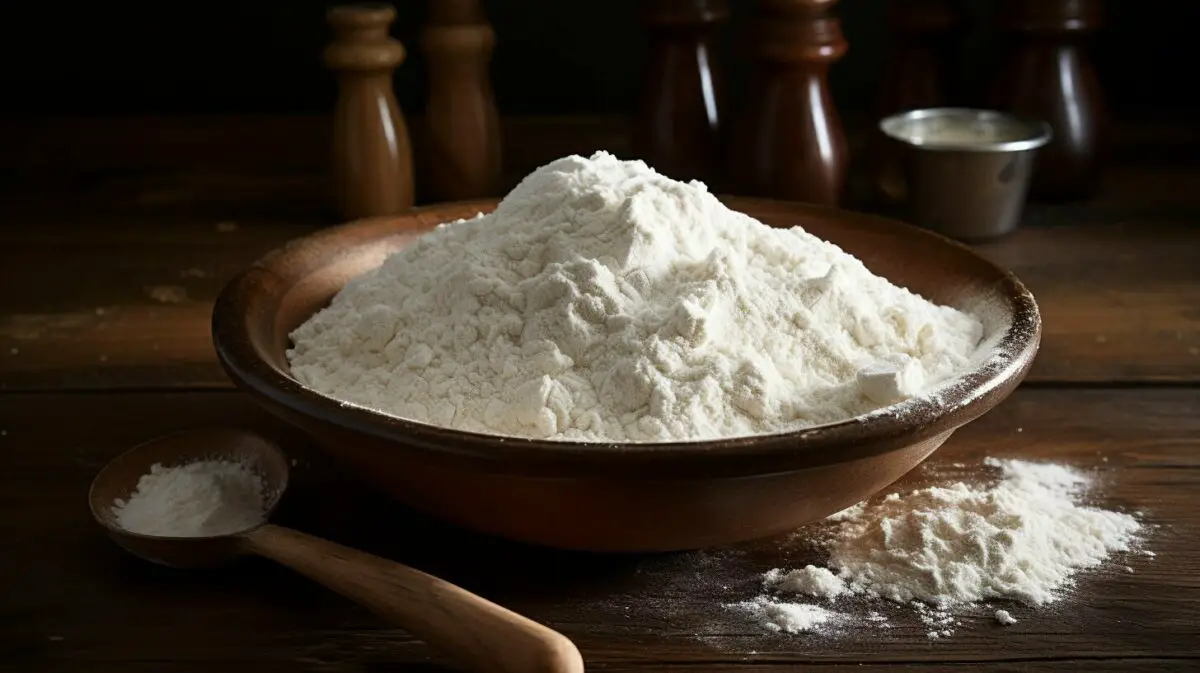
In addition to precision, experimentation is also a valuable part of the culinary journey. While accurate measurements form the foundation of a recipe, don’t be afraid to explore and add your personal touch. Taste and adjust seasonings, spices, and flavors to suit your preferences. Remember, precision provides the structure, but creativity and intuition are the seasoning that elevates your dishes to new heights.
Using Measurement Conversion Tools
In the digital age, measurement conversions have become effortless, thanks to a plethora of conversion tools at your disposal. Let’s explore the world of measurement conversion resources, from handy reference tables to user-friendly online converters and mobile apps.
When it comes to quick and convenient measurement references, online conversion tables are a valuable resource. With a simple internet search, you can find comprehensive tables that provide conversion ratios between teaspoons and tablespoons, along with other common kitchen measurements. These tables allow you to quickly and accurately convert measurements without needing to memorize formulas or calculations.
If you prefer a more interactive approach, online measurement converters and mobile apps are excellent options. These tools typically feature user-friendly interfaces that allow you to input the measurement you have and receive an instant conversion to the measurement you need. Whether you’re using a computer or a smartphone, these online converters and mobile apps make it easy to convert teaspoons to tablespoons and vice versa, as well as other common kitchen measurements.
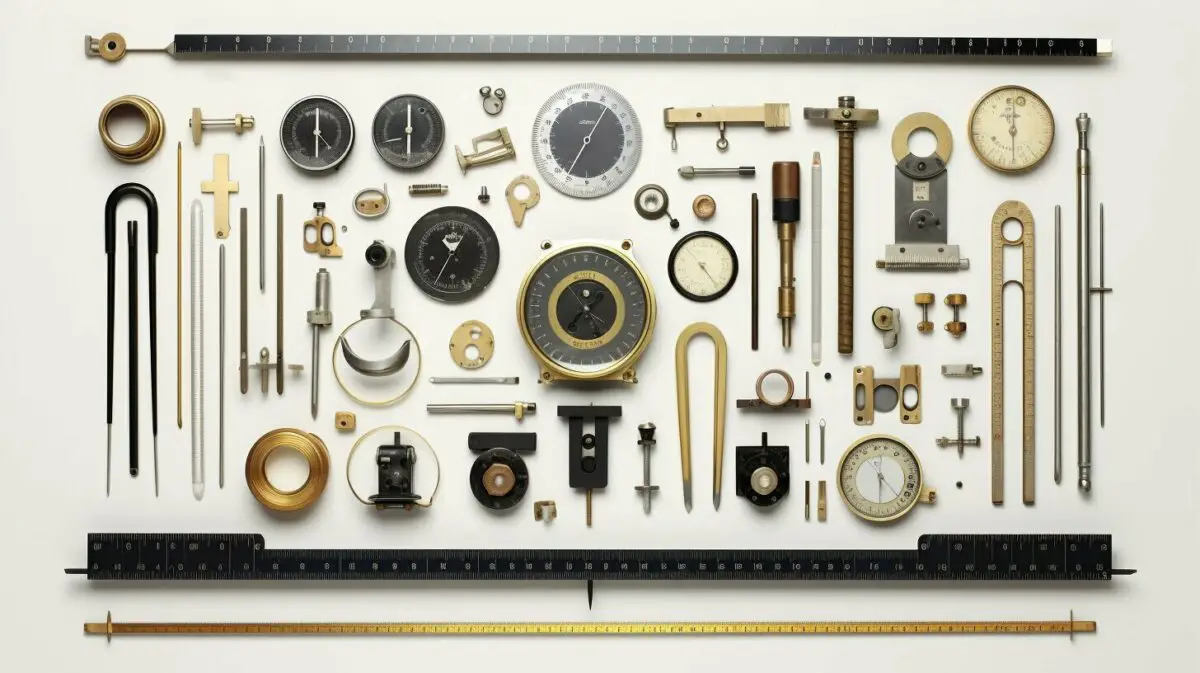
Enhancing Your Cooking Skills with Measurement Knowledge
As a master chef, you’re always looking for ways to enhance your cooking skills and take your culinary creations to the next level. Let’s explore how deepening your measurement knowledge can help you achieve precision, accuracy, and finesse in your dishes.
Understanding the conversion between teaspoons and tablespoons is just the beginning. By mastering this essential measurement conversion, you’ll be able to scale recipes effortlessly, adjust ingredient amounts with confidence, and ensure the perfect balance of flavors in every dish.
But measurement knowledge goes beyond teaspoons and tablespoons. Familiarizing yourself with other common kitchen measurements like cups and quarts is equally important. Being able to convert between different units of measurement allows you to explore a wider range of recipes, regardless of their origin.
To further enhance your cooking skills, consider utilizing measurement conversion tools. Online converters, reference tables, calculators, and mobile apps can streamline your cooking process, eliminating any guesswork and ensuring accurate measurements every time. These tools are particularly handy when experimenting with new recipes or working with unfamiliar measurements.
Remember, precision and accuracy in cooking are key. By honing your measurement knowledge, you’ll not only elevate your cooking skills but also ensure consistent results in your culinary creations. So let’s dive into the world of measurement conversions and unlock a world of culinary possibilities.
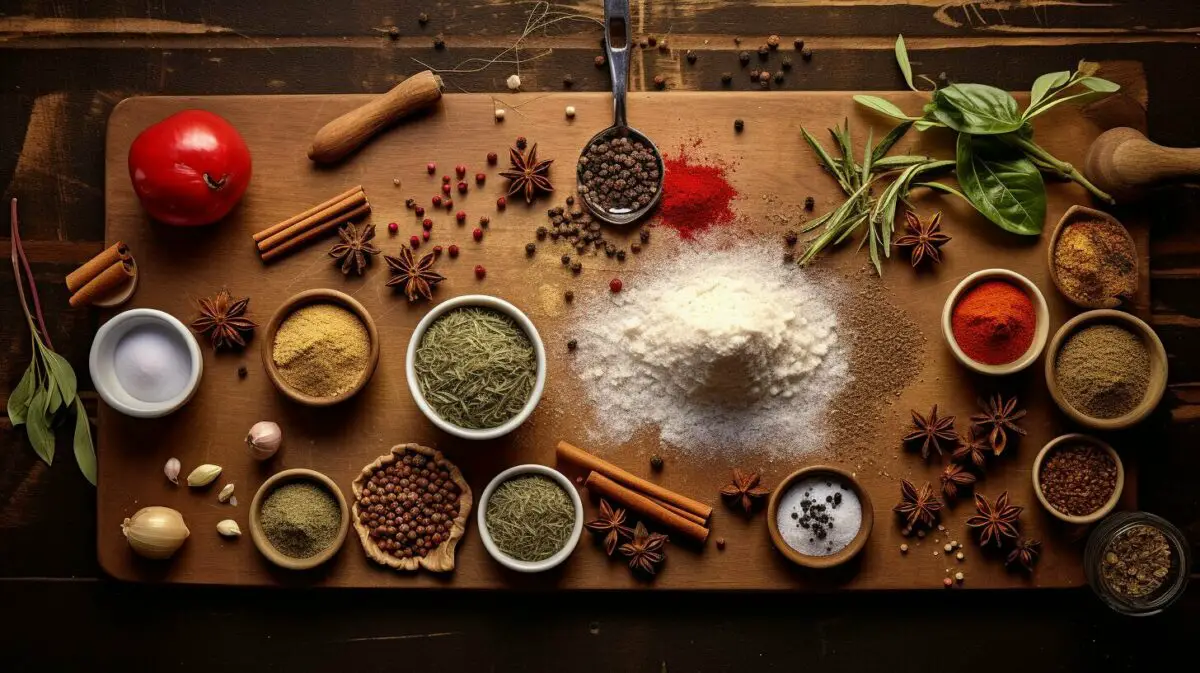
Precision is crucial in cooking to ensure consistent and delicious results. Accurate measurements allow you to maintain the right balance of flavors, textures, and overall harmony in your dishes. Whether you’re baking a delicate cake or simmering a rich sauce, precision guarantees that your culinary creations turn out as intended.
Estimating or approximating ingredient amounts may work in some cases, but it’s always best to rely on measured quantities for precise outcomes. By understanding measurement conversions and using the appropriate tools, you can confidently adapt recipes to your desired portions without compromising the final dish.
So let’s embrace the world of measurement knowledge and elevate our cooking skills to new heights. With precision, accuracy, and finesse, you’ll be able to create culinary masterpieces that leave a lasting impression on your taste buds and those of your lucky dining companions.
| Measurement | Conversion |
|---|---|
| 1 tablespoon | 3 teaspoons |
| 1 teaspoon | 1/3 tablespoon |
| 1 tablespoon | 15 milliliters (ml) |
| 1 teaspoon | 5 milliliters (ml) |
By familiarizing yourself with these fundamental conversions and honing your measurement knowledge, you’ll become a culinary expert capable of creating exceptional dishes. So let’s grab our measuring spoons and embark on this exciting journey of enhancing our cooking skills through precise measurements.
Remember, the secret ingredient to culinary success lies in the precise balance of flavors, and measurement knowledge is the key to achieving that balance. Happy cooking!
- Enhance your cooking skills with measurement knowledge
- Master the conversion between teaspoons and tablespoons
- Explore other common kitchen measurements
- Utilize measurement conversion tools
- Embrace precision and accuracy in your culinary creations
Mastering Measurement Conversions for Culinary Success
Congratulations on delving into the world of measurement conversions! With a firm grasp on the conversion between teaspoons and tablespoons, you’re well on your way to culinary mastery and a world of flavorful possibilities. Understanding this conversion is essential for precision and accuracy in your cooking adventures. Whether you’re following a recipe, scaling ingredients, or adjusting quantities, knowing how to convert between these two measurements will ensure your dishes turn out just right.
Let’s recap the conversion: a tablespoon is equal to three teaspoons. This is a commonly used measurement conversion in cooking and baking. The imperial system, which is used in the United States, also follows this conversion. In the metric system, 1 tablespoon is equal to 15 milliliters (ml), or approximately 5 ml per teaspoon. It’s important to note that measurement conversions can vary depending on the region or country.
To convert tablespoons to teaspoons, simply multiply the number of tablespoons by three. For example, if a recipe calls for 2 tablespoons of an ingredient and you want to know how many teaspoons that would be, you would multiply 2 by 3, resulting in 6 teaspoons. Similarly, to convert teaspoons to tablespoons, divide the number of teaspoons by three. This knowledge is particularly useful when scaling recipes or adjusting ingredient amounts to suit your needs.
| Tablespoons | Teaspoons |
|---|---|
| 1 | 3 |
| 2 | 6 |
| 3 | 9 |
| 4 | 12 |
In addition to the conversion between teaspoons and tablespoons, it’s helpful to have a solid understanding of other common kitchen measurements. This includes conversions for cups, quarts, fluid ounces, and pints. Being familiar with these measurements will enable you to confidently tackle a wide variety of recipes and ensure your measurements are accurate.
As you continue to refine your measurement conversion skills, remember that precision and accuracy are key in achieving culinary success. Embrace the world of measurement conversions, and unlock a whole new level of confidence and creativity in your cooking. Happy measuring and happy cooking!

In this comprehensive measurement conversion guide, we’ve explored the intricacies of understanding how many teaspoons are in a tablespoon. With this knowledge, you’ll be able to navigate recipes, adjust ingredient amounts, and create culinary delights with precision and accuracy. Happy cooking!
Measurement conversions are crucial in the culinary world, allowing you to scale recipes and adjust ingredient amounts to suit your needs. Remember, a tablespoon is equal to three teaspoons, a commonly used conversion in cooking and baking. This conversion holds true in both the imperial system used in the United States and the metric system used internationally.
When working with the metric system, 1 tablespoon is equivalent to 15 milliliters (ml), or approximately 5 ml per teaspoon. Keep in mind that measurement conversions may vary depending on your region or country, so it’s essential to understand the conversions specific to your location.
In addition to the teaspoon to tablespoon conversion, we’ve explored other common kitchen measurements, such as cups and quarts. These conversions are valuable when following recipes and ensuring accurate ingredient quantities. Armed with this comprehensive understanding of measurement conversions, you are well-equipped to embark on your culinary adventures with confidence and precision.
FAQ – How Many Teaspoons Are in a Tablespoon
Q: How many teaspoons are in a tablespoon?
A: A tablespoon is equal to three teaspoons.
Q: What is the conversion between teaspoons and tablespoons in the metric system?
A: In the metric system, 1 tablespoon is equal to 15 milliliters (ml), or approximately 5 ml per teaspoon.
Q: How can I convert tablespoons to teaspoons?
A: To convert tablespoons to teaspoons, simply multiply the number of tablespoons by three.
Q: How can I convert teaspoons to tablespoons?
A: To convert teaspoons to tablespoons, divide the number of teaspoons by three.
Q: Why is the conversion between teaspoons and tablespoons important in cooking?
A: Understanding this conversion is essential for scaling recipes or adjusting ingredient amounts.
Q: Are measurement conversions the same in different countries?
A: Measurement conversions can vary depending on the region or country.
Q: What are some other common kitchen measurements?
A: Other common kitchen measurements include cups, quarts, fluid ounces, and pints.
Our Friends:
- https://jessicainthekitchen.com/how-many-teaspoons-in-a-tablespoon-printable-chart/
- https://thebigmansworld.com/how-many-teaspoons-in-a-tablespoon/
Related Recipes:
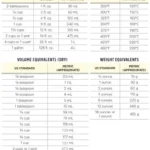 How Many Cups Are in a Liter: Unlocking the Mystery
How Many Cups Are in a Liter: Unlocking the Mystery
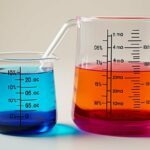 How Many Milliliters in an Ounce? (Perfect Measurement Conversion Guide)
How Many Milliliters in an Ounce? (Perfect Measurement Conversion Guide)
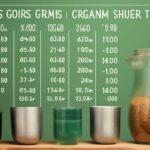 How Many Grams Are in an Ounce? (Perfect Measurement Conversion Guide)
How Many Grams Are in an Ounce? (Perfect Measurement Conversion Guide)
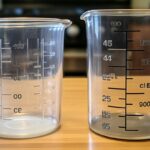 How Many Quarts in a Liter? (Perfect Measurement Conversion Guide)
How Many Quarts in a Liter? (Perfect Measurement Conversion Guide)
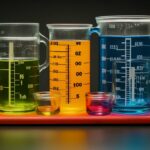 How Many Cups Are in a Quart? (Perfect Measurement Conversion Guide)
How Many Cups Are in a Quart? (Perfect Measurement Conversion Guide)
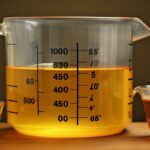 How Many Ounces Are in 750 ml? (Measurement Conversion Guide)
How Many Ounces Are in 750 ml? (Measurement Conversion Guide)
 How Many Ounces in a Pound? (Perfect Measurement Conversion Guide)
How Many Ounces in a Pound? (Perfect Measurement Conversion Guide)
 How Many Ounces Are in a Cup? (Perfect Measurement Conversion Guide)
How Many Ounces Are in a Cup? (Perfect Measurement Conversion Guide)



